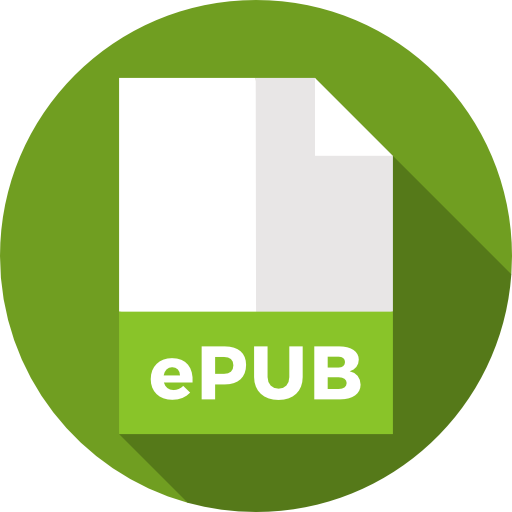
An International Publisher for Academic and Scientific Journals
Author Login
Cross-Currents: An International Peer-Reviewed Journal on Humanities & Social Sciences | Volume-11 | Issue-08
Tourism Efficiency Across Indian States: A Data Envelopment Approach
Anam Afreen, Dr. Chandrima Chakraborty
Published: Aug. 2, 2025 |
157
130
Pages: 181-189
Downloads
Abstract
Tourism has become a dynamic economic driver in India, propelled by global openness, affordable travel, and rising incomes. Despite its rapid growth and significant policy support evidenced by India’s rise from 65th to 34th in the 2019 Travel & Tourism Competitiveness Index and subsequent rebound to 39th by 2024, the sector exhibits persistent regional disparities. Employing a two-decade (2003–2022) Output-Oriented Technical Efficiency (OOTE) analysis using the DEA-BCC model across 18 tourism-centric states, this study benchmarks performance separately for domestic and foreign tourism. Inputs include employment, accommodation capacity, and tourism investment. The results reveal that only a minority of states achieved near-full efficiency: 16.7% in domestic and 22.2% in foreign segments. Mean OOTE scores are 0.60 and 0.65 for domestic and foreign tourism, respectively, with notable temporal trends: efficiency growth till 2008, a dip post-global crisis, recovery into 2016, pandemic-induced declines, and a post-pandemic resurgence. Spatial analysis highlights top performers (e.g., Uttar Pradesh, Bihar, Sikkim) and laggards (e.g., Assam, Odisha). Correlation analysis shows strong alignment between domestic and foreign efficiency in some states, but stark divergence in others. These findings offer new subnational insights into tourism efficiency, providing a data-driven foundation for targeted policy interventions aimed at reducing regional inequities and promoting sustainable growth.


